




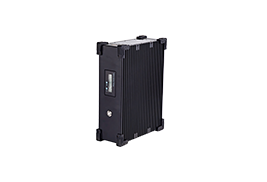
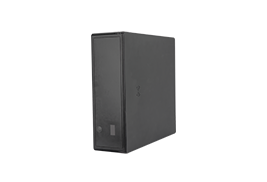
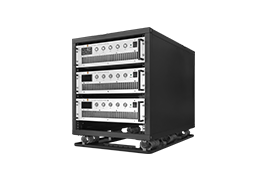
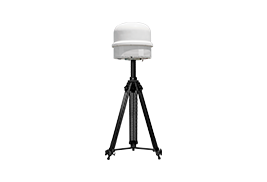

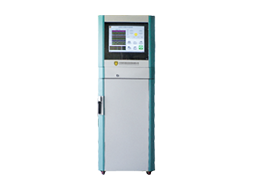


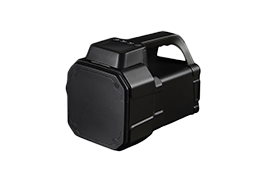
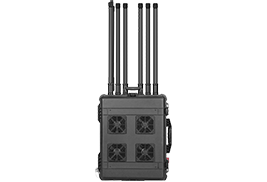
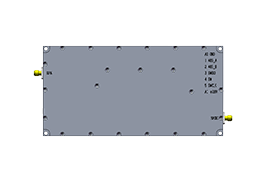
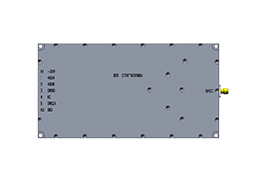
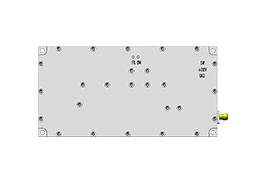
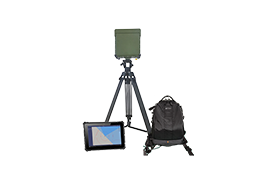
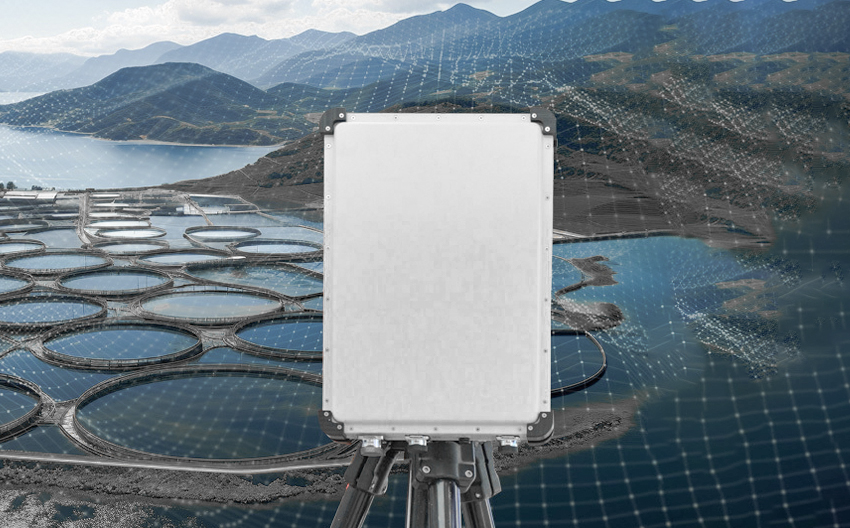
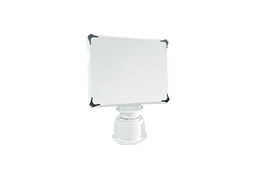
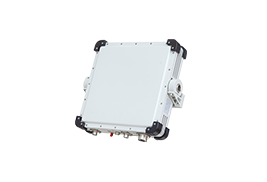



 X
X







 GLOBAL / ENGLISH
GLOBAL / ENGLISH

With the rapid development of drone technology and its increasing applications in military, civilian, and scientific fields, a series of issues concerning safety, privacy, and regulation have arisen. To effectively manage and control drones, drone detection technologies have emerged as critical tools for maintaining airspace order and ensuring public safety. This article delves into the types of drone detection technologies and their working principles, revealing how these technologies precisely identify and locate drones in complex environments.
Radar detection is one of the most traditional methods for drone detection, using electromagnetic waves to determine the position, speed, and direction of drones by sending out signals and receiving reflections. Radar detection technology boasts long detection ranges, wide coverage areas, and the ability to function under adverse weather conditions. Modern radar systems incorporate advanced technologies such as multi-base radars and phased array radars, enhancing detection accuracy and interference resistance.
Optical and infrared detection technologies use visible light or infrared radiation to detect drones. These technologies typically involve high-resolution optical cameras and infrared thermal imaging devices that can capture the shape, texture, and heat source characteristics of drones. The advantage of optical/infrared detection technologies lies in their ability to provide high-definition images, facilitating subsequent image processing and drone identification, particularly suitable for nighttime or low-light conditions.
Acoustic detection technology relies on the sound characteristics produced during drone flight for detection. By deploying acoustic sensor arrays, the noise emitted by drones during flight can be captured, followed by the use of voiceprint recognition technology to locate and track the drones. Acoustic detection technology has the advantage of being relatively low-cost and less susceptible to electromagnetic interference.
Radio frequency detection technology monitors the communication signals between drones and remote controllers to detect drones. This technology can identify the communication frequencies and codes of drones, thereby determining the type and location of the drone. The advantage of RF detection technology is its ability to monitor the operational status of drones in real-time, making it suitable for detecting drones in concealed and complex environments.
LiDAR detection technology uses laser pulses to measure distances, generating highly accurate three-dimensional point cloud data for precise detection and identification of drones. The advantage of LiDAR technology is its high resolution, capable of providing detailed information about the shape and movement trajectory of drones, suitable for high-precision drone detection requirements.
Detection technology combined with artificial intelligence and machine learning, through the learning of large amounts of drone imagery and signal data, can automatically recognize and classify drones, predicting their flight paths and behavioral patterns. The advantage of this technology is its ability to handle complex and variable detection environments, improving the accuracy and efficiency of detection.
The diversity and advancement of drone detection technologies provide powerful tools for managing and controlling drones. However, as drone technology continues to evolve, detection technologies also need continuous innovation and upgrades to address increasingly complex and diverse detection needs. In the future, drone detection technologies will become more intelligent and integrated, transitioning from single detection to comprehensive perception, laying a solid foundation for building a safe and orderly airspace environment.












